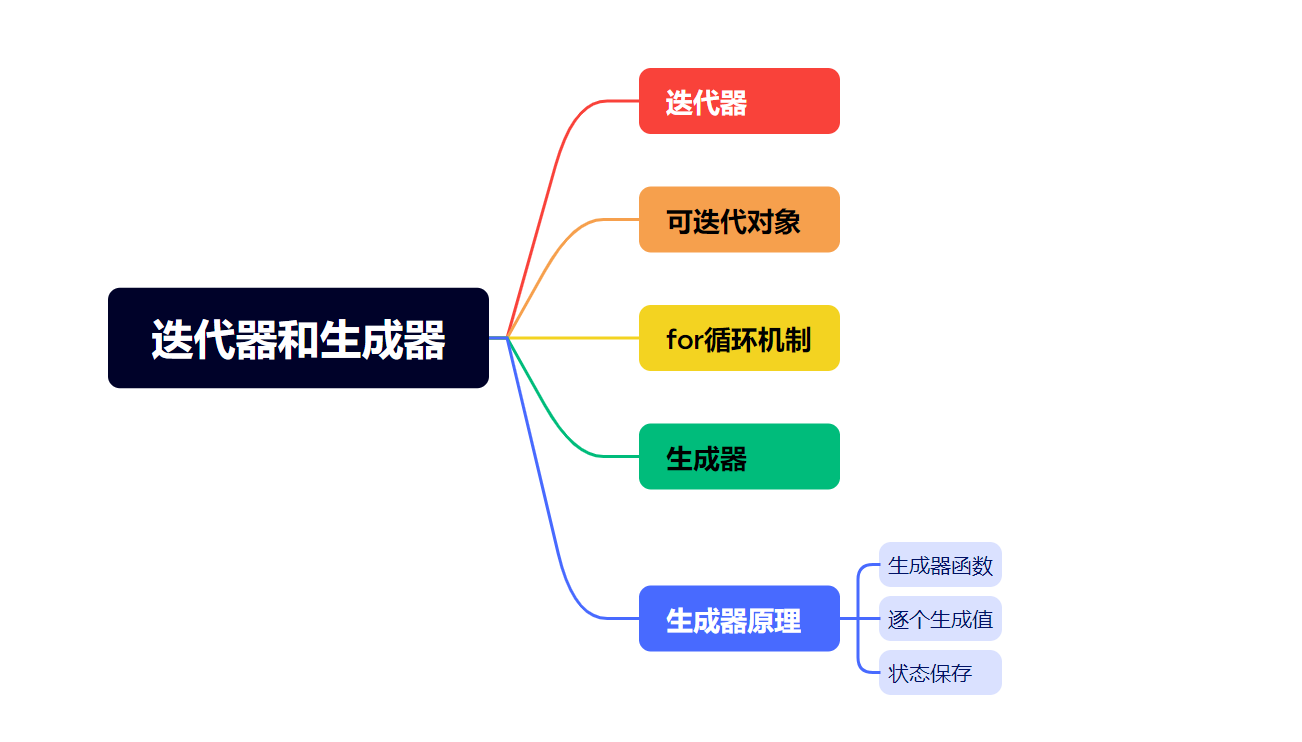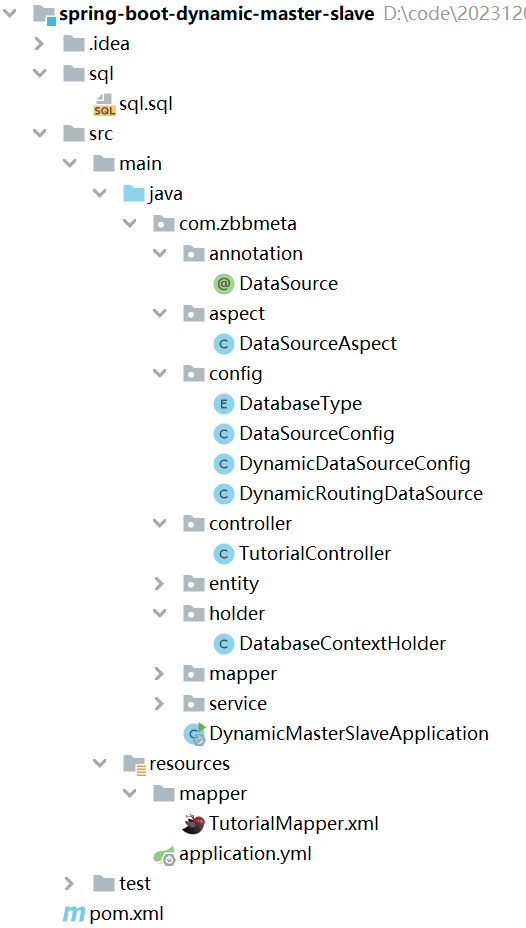1 遍历子模块直接提取
对于简单的模型,可以采用直接遍历子模块的方法,取出相应name模块的输出,不对模型做任何改动。该方法的缺点在于,只能得到其子模块的输出,而对于使用nn.Sequensial()中包含很多层的模型,无法获得其指定层的输出。
示例 resnet18取出layer1的输出
from torchvision.models import resnet18
import torch
model = resnet18(pretrained=True)
print("model:", model)
out = []
x = torch.randn(1, 3, 224, 224)
return_layer = "layer1"
for name, module in model.named_children():
x = module(x)
if name == return_layer:
out.append(x.data)
break
print(out[0].shape) # torch.Size([1, 64, 56, 56])
2 IntermediateLayerGetter类
torchvison中提供了IntermediateLayerGetter类,该方法同样只能得到其子模块的输出,而对于使用nn.Sequensial()中包含很多层的模型,无法获得其指定层的输出。
from torchvision.models._utils import IntermediateLayerGetter
IntermediateLayerGetter类的pytorch源码
class IntermediateLayerGetter(nn.ModuleDict):
"""
Module wrapper that returns intermediate layers from a model
It has a strong assumption that the modules have been registered
into the model in the same order as they are used.
This means that one should **not** reuse the same nn.Module
twice in the forward if you want this to work.
Additionally, it is only able to query submodules that are directly
assigned to the model. So if `model` is passed, `model.feature1` can
be returned, but not `model.feature1.layer2`.
Args:
model (nn.Module): model on which we will extract the features
return_layers (Dict[name, new_name]): a dict containing the names
of the modules for which the activations will be returned as
the key of the dict, and the value of the dict is the name
of the returned activation (which the user can specify).
"""
_version = 2
__annotations__ = {
"return_layers": Dict[str, str],
}
def __init__(self, model: nn.Module, return_layers: Dict[str, str]) -> None:
if not set(return_layers).issubset([name for name, _ in model.named_children()]):
raise ValueError("return_layers are not present in model")
orig_return_layers = return_layers
return_layers = {str(k): str(v) for k, v in return_layers.items()}
# 重新构建backbone,将没有使用到的模块全部删掉
layers = OrderedDict()
for name, module in model.named_children():
layers[name] = module
if name in return_layers:
del return_layers[name]
if not return_layers:
break
super(IntermediateLayerGetter, self).__init__(layers)
self.return_layers = orig_return_layers
def forward(self, x: Tensor) -> Dict[str, Tensor]:
out = OrderedDict()
for name, module in self.items():
x = module(x)
if name in self.return_layers:
out_name = self.return_layers[name]
out[out_name] = x
return out
示例 使用IntermediateLayerGetter类 改 resnet34+unet 完整代码见gitee
import torch
from torchvision.models import resnet18, vgg16_bn, resnet34
from torchvision.models._utils import IntermediateLayerGetter
model = resnet34()
stage_indices = ['relu', 'layer1', 'layer2', 'layer3', 'layer4']
return_layers = dict([(str(j), f"stage{i}") for i, j in enumerate(stage_indices)])
model= IntermediateLayerGetter(model, return_layers=return_layers)
input = torch.randn(1, 3, 224, 224)
output = model(input)
print([(k, v.shape) for k, v in output.items()])
3 create_feature_extractor函数
使用create_feature_extractor方法,创建一个新的模块,该模块将给定模型中的中间节点作为字典返回,用户指定的键作为字符串,请求的输出作为值。该方法比 IntermediateLayerGetter方法更通用, 不局限于获得模型第一层子模块的输出。比如下面的vgg,池化层都在子模块feature中,上面的方法无法取出,因此推荐使用create_feature_extractor方法。
示例 FCN论文中以vgg为backbone,分别取出三个池化层的输出

import torch
from torchvision.models import vgg16_bn
from torchvision.models.feature_extraction import create_feature_extractor
model = vgg16_bn()
model = create_feature_extractor(model, {"features.43": "pool5", "features.33": "pool4", "features.23": "pool3"})
input = torch.randn(1, 3, 224, 224)
output = model(input)
print([(k, v.shape) for k, v in output.items()])
4 hook函数
hook函数是程序中预定义好的函数,这个函数处于原有程序流程当中(暴露一个钩子出来)。我们需要再在有流程中钩子定义的函数块中实现某个具体的细节,需要把我们的实现,挂接或者注册(register)到钩子里,使得hook函数对目标可用。hook 是一种编程机制,和具体的语言没有直接的关系。
Pytorch的hook编程可以在不改变网络结构的基础上有效获取、改变模型中间变量以及梯度等信息。在pytorch中,Module对象有register_forward_hook(hook) 和 register_backward_hook(hook) 两种方法,两个的操作对象都是nn.Module类,如神经网络中的卷积层(nn.Conv2d),全连接层(nn.Linear),池化层(nn.MaxPool2d, nn.AvgPool2d),激活层(nn.ReLU)或者nn.Sequential定义的小模块等。register_forward_hook是获取前向传播的输出的,即特征图或激活值; register_backward_hook是获取反向传播的输出的,即梯度值。(这边只讲register_forward_hook,其余见链接)
示例 获取resnet18的avgpool层的输入输出
import torch
from torchvision.models import resnet18
model = resnet18()
fmap_block = dict() # 装feature map
def forward_hook(module, input, output):
fmap_block['input'] = input
fmap_block['output'] = output
layer_name = 'avgpool'
for (name, module) in model.named_modules():
if name == layer_name:
module.register_forward_hook(hook=forward_hook)
input = torch.randn(64, 3, 224, 224)
output = model(input)
print(fmap_block['input'][0].shape)
print(fmap_block['output'].shape)
参考
2. Pytorch的hook技术——获取预训练/已训练好模型的特定中间层输出








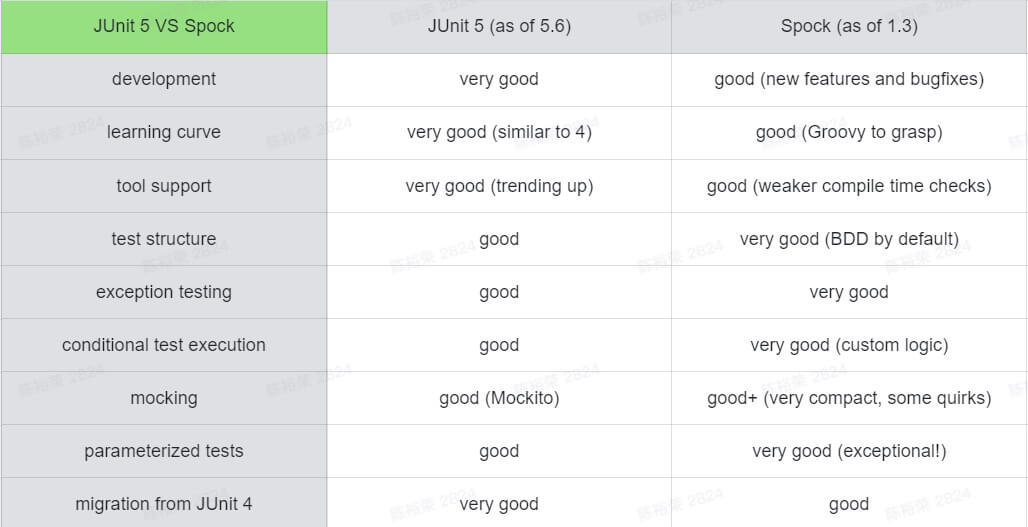


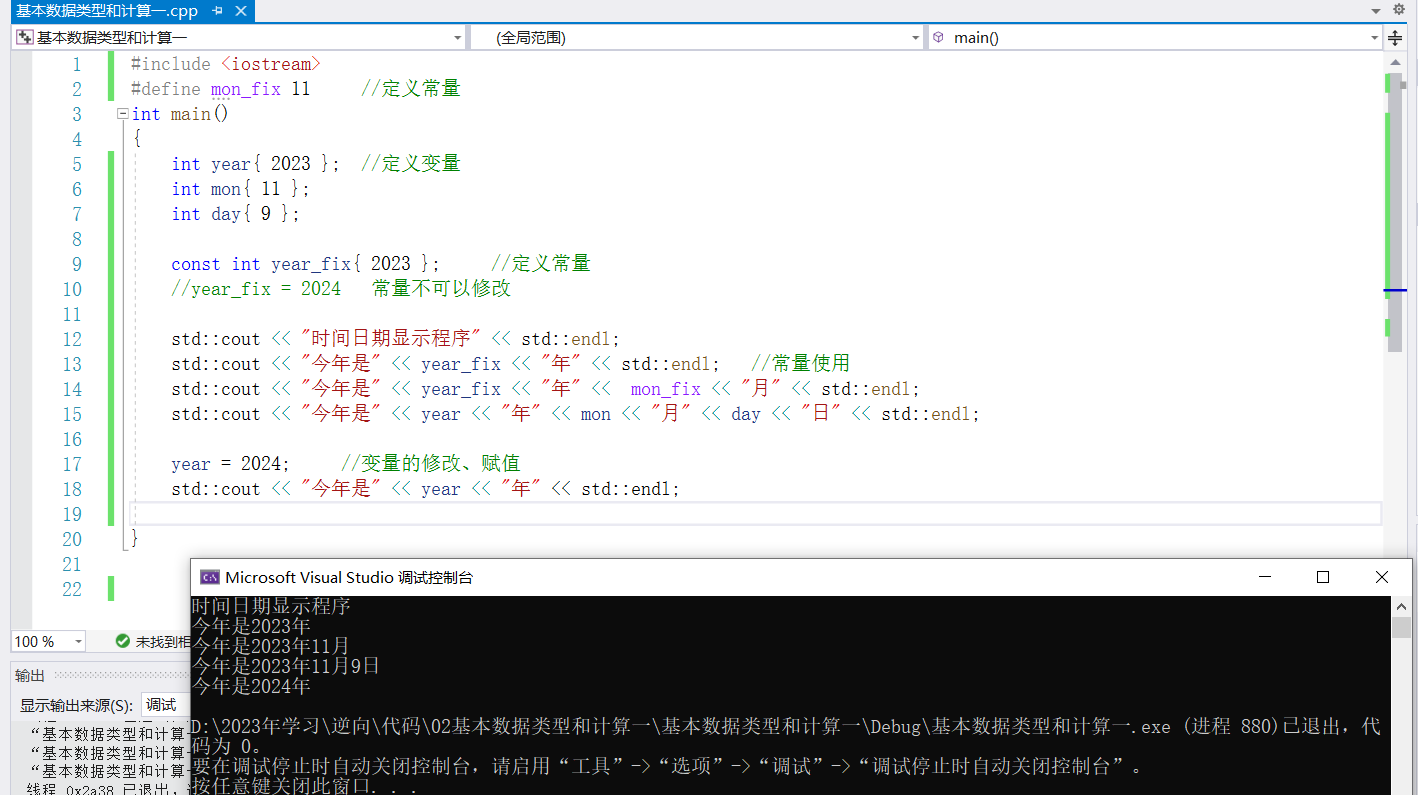

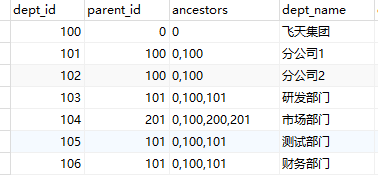
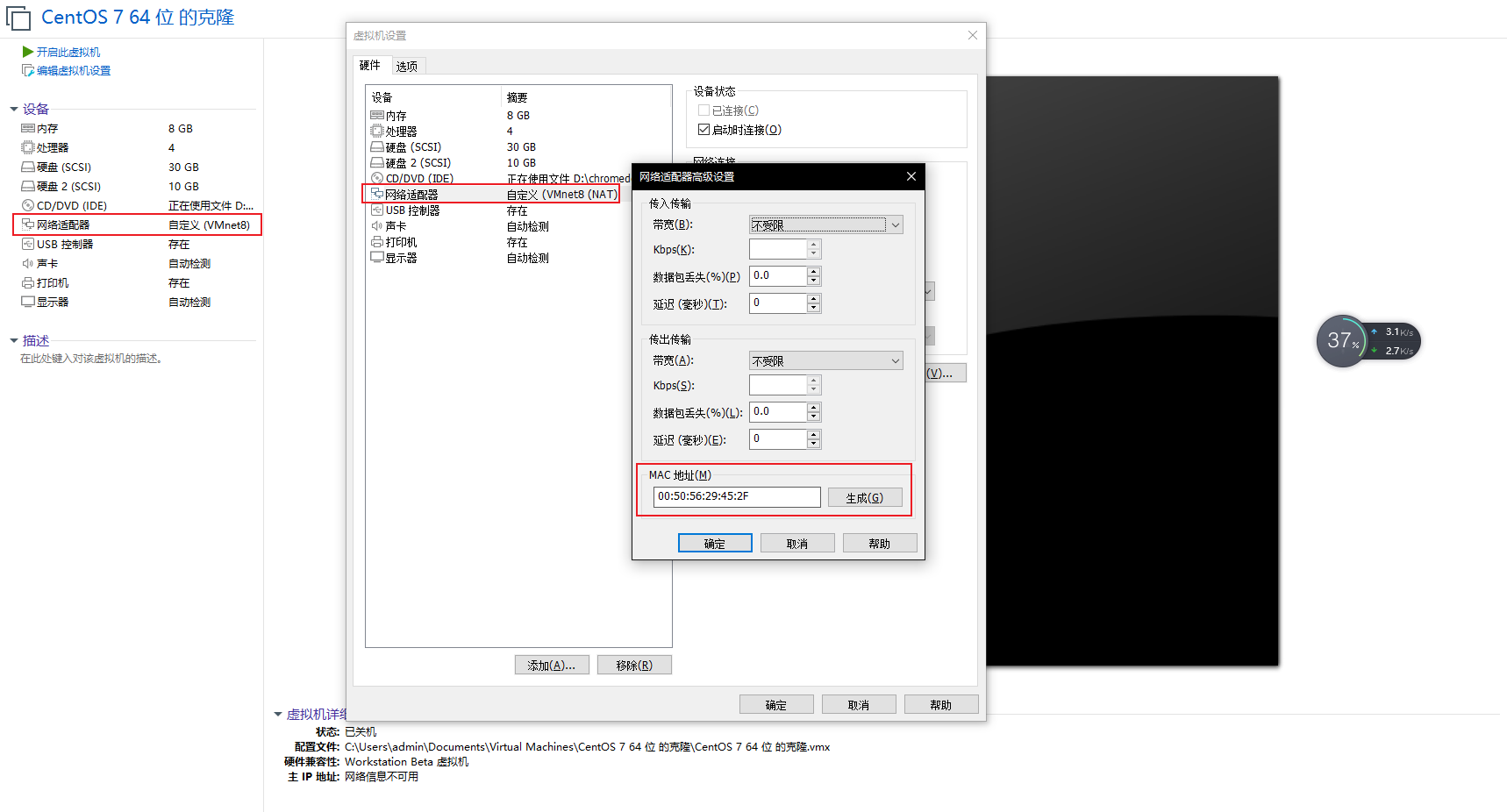
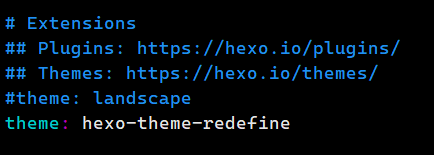


![原来你是这样的JAVA–[07]聊聊Integer和BigDecimal](https://img2024.cnblogs.com/blog/37001/202402/37001-20240224171021931-593439949.png)



